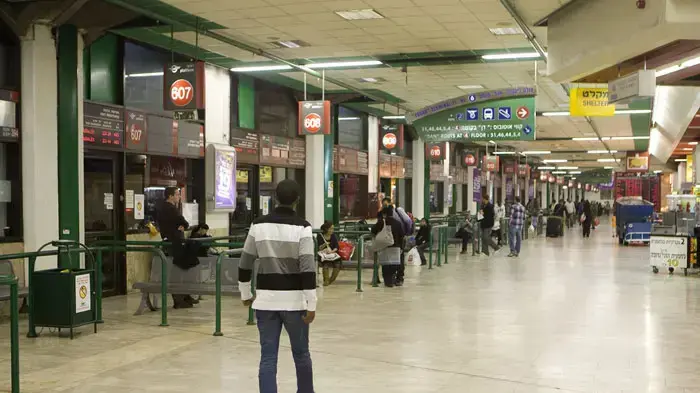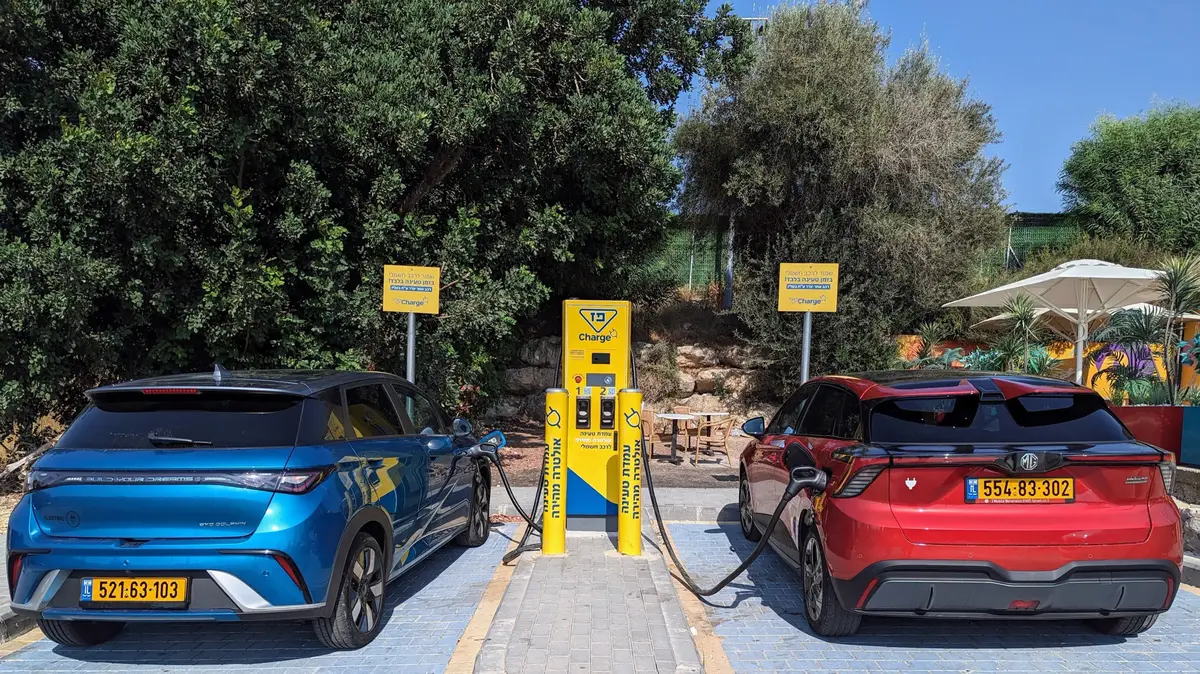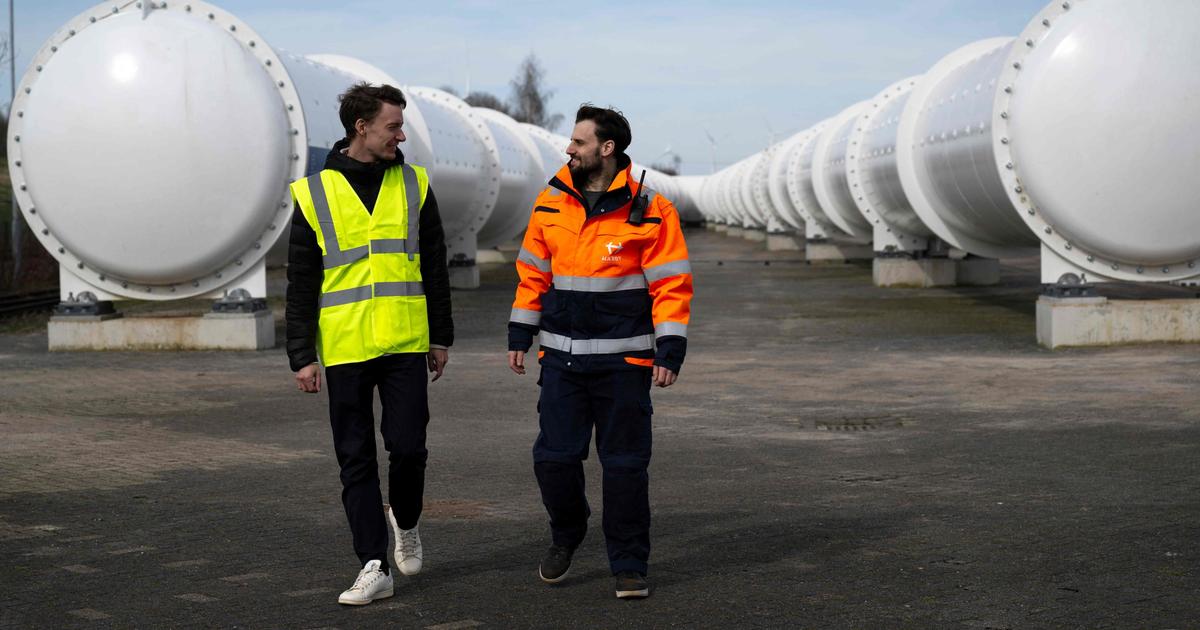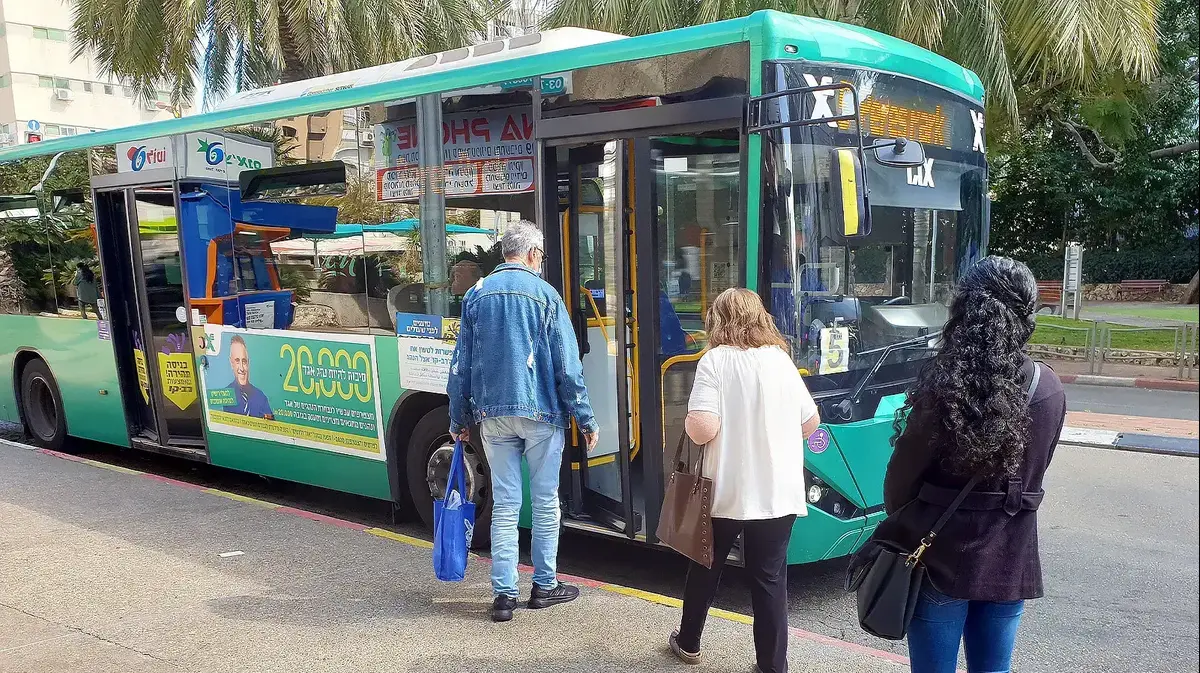Public transportation in Lima, Peru Victor Idrogo / World Bank
Every day at 6:00 a.m., Virginia takes the first of three buses to get to work.
Every time he switches from one to the other, watch the gray smoke sneak past the passengers waiting to board.
Millions of people like her depend on public transport in Latin America and the Caribbean both for their work activities and for basic trips to the health center or the supermarket.
With the unprecedented urban growth in the region, public transport, the threat of climate change and environmental pollution play a leading role in the sustainable development of cities.
That is why in Latin America and the world there is more and more talk about e-mobility, a clean and sustainable way of going from one place to another.
E-mobility is the use of electrical energy instead of fossil fuels in different means of transport to reduce pollution.
This modality represents a great opportunity to decarbonise transport in a profitable and energy-sustainable way.
Latin America is one of the regions most vulnerable to climate change and e-mobility is an important step on the road to sustainable development.
Cities around the world have already deployed different business models to introduce electric buses (e-buses), in order to overcome high costs, insufficient access to finance and the difficulty of changing concession contracts which facilitates the transition to electric public transport.
The priority of electrification should be in public transport, due to the important positive impact through the reduction of emissions, the quality of the transport service, the reduction of congestion and the improvement of the habitability of cities.
The total cost of e-buses, including purchase costs and use throughout their useful life, is lower than that of diesel buses, so investments make sense in the medium and long term with a financing model suitable.
The incorporation of the energy sector into public transport is crucial for the implementation of the technological challenges associated with e-mobility.
In the same way, the replacement of conventional buses by e-buses, while improving services and establishing subsidies for the purchase, requires high investments and has an impact on tax revenues.
Examples that go on wheels
Among the various advantages of using this technology is that it reduces noise pollution and eliminates emissions. Electrification is a flexible, efficient and sustainable way to decarbonize the economy. More than 80% of people living in urban areas are exposed to air quality that exceeds the limits established by the World Health Organization. This is caused, among others, by the use of energy from fossil fuels to power vehicles.
“The most relevant electrification experiences in Latin America are those of Chile and Colombia,” says Liljana Sekerinska, a senior transportation specialist at the World Bank.
"The 800 electric buses in the city of Santiago could double in 2022 and in Bogotá, a fleet of 1,485 electric buses will be completed in the coming months."
Moreover, "as of 2022, they will not allow the entry of conventional buses to the Colombian city," says Sekerinska.
In a recent virtual workshop, the case of Uruguay was discussed, where public transport is used 40% less than before the pandemic.
Currently, this country is in transition from regular to electric buses.
32 electric buses have already been incorporated into the system, most of which have been in operation for more than one year and have traveled 760,000 km altogether.
The results are encouraging, with an average consumption of 1.0 km / kWh, significant financial savings and almost 800 tons of CO2 emissions avoided.
Other regional examples to highlight are Mexico City, which has 273 electric buses, Buenos Aires with 88 buses or Guayaquil with 20 buses.
Internationally, China's large cities are an example where the public transportation system is the backbone of mobilization and profitable electrification on a large scale.
Your authorities recognize that, to be successful, electric city buses must be seen as a coherent system that encompasses the vehicle, infrastructure, operation, users and financial sustainability.
Both the regional and international examples have different approaches that include grants, investment guarantees or leasing of bus assets that can be taken as an example by other Latin American countries.
Expanding electric mobility is an important step towards achieving decarbonisation targets.
This would benefit both people like Virginia, who takes three buses a day to get to work, and everyone who lives in cities and is exposed to air pollution.





/cloudfront-eu-central-1.images.arcpublishing.com/prisa/UMBJ4C443RCVDFXUVBOQGCG33I.jpg)
/cloudfront-eu-central-1.images.arcpublishing.com/prisa/Y2JWUSXPBJDSHCI3OF3KQ7Z24I.jpg)
/cloudfront-eu-central-1.images.arcpublishing.com/prisa/O5KJZWDZ2ZF3PMFCA7GSGYAIW4.jpg)

